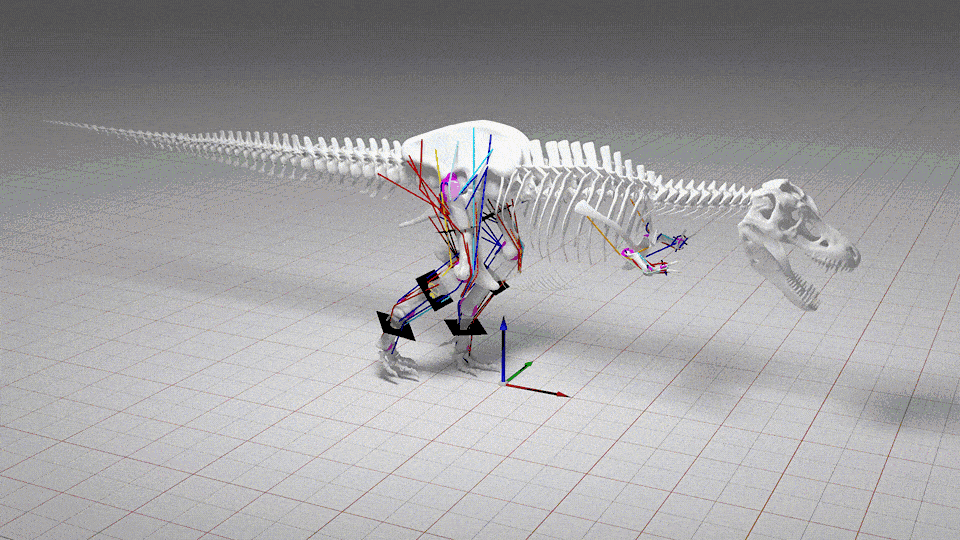When you purchase through links on our land site , we may pull in an affiliate commission . Here ’s how it ferment .
For the many wondrous things humans can do , we ca n’t pilot on our own . But if we could , how big would our wings be ?
Of naturally , the result depends on the person ’s size . But someone who ’s about 155 pounds ( 70 kilograms ) and at least 5 feet ( 1.5 meters ) tall would have a wingspan of about 20 feet ( 6 m ) , saidTy Hedrick , a prof of biology at the University of North Carolina at Chapel Hill , " which I thought was surprisingly small . "

How big would our wings be if humans could fly?
Hedrick go far at this figure using an equating develop byRobert Nudds , a senior lector in biological skill at the University of Manchester . Nudds trace this equation in a 2007 paper published in theJournal of Avian Biology , in which he describes the grading of razzing wing parameters with deference to body mint .
But in this hypothetical scenario , we ca n’t simply slap on a pair of wings and call it a day . It command a complete reimagining of our shape . If we want to take flight , we need other feature article in addition to wings .
First , we must consider what variety of wings we ’ll have . The classic holy man looking portrays a flying human with a vast pair of feathered wing protruding from the back . Anatomically , that would require a freestanding berm leaf blade , Michael Habib , a research associate degree at the Dinosaur Institute at the Natural History Museum of Los Angeles County , enjoin Live Science . Those wings would also need flight muscle enfold around from the chest to the back .

How big would our wings be if humans could fly?
Related : What if humans had fag end ?
According to Habib , bat - like backstage would make more sense on humans . In this setup , the entire limb and hand would stretch out , create that 20 - substructure wingspread . A heavy membrane wing would cover these limb .
But to in reality fly , the rest of our torso would have to produce enough big businessman , which would require strong muscles . In skirt , an norm of 16 % to 18 % of their muscle plenty comes from muscles used for fly . In some , up to 30 % of their sinew mass fall from the bureau . This is also straight in squash racket , though the mass is distributed across more muscles . " It ’s what fix them asunder from the physique of a nonflying animate being , " Habib said .

The corollary in mankind create a funny visual . " You ’re going to have a chest sticking way of life on out , " Habib said , " and a back that ’s crack , super ripped . "
The type of flyers man would be also factors into this head . " Not everything fly in exactly the same direction , " Habib said . " How you flee will be determined by your anatomy . " There are a few types of flight of steps , and all flying creaturesspecialize in different kinds , like flapping , gliding , hovering and soaring . Each of these specialties imply unlike eccentric of fender . For object lesson , Habib read that a bird that flaps throughout a journeying has short , stouter flank . On the other hand , a soaring razzing like an albatross has much longer wings relative to its size . Humans , with their comparatively turgid sizing , would likely soar up .
— What if humans had photosynthetic peel ?

— What if all human on Earth had albinism ?
— Are bird dinosaurs ?
There ’s also the question of takeoff , specially with 20 - human foot - long , squash racket - same wings . With wings this large , we would not be able-bodied to flap our way up . " You ca n’t flap very much when you ’re close to the ground , " Hedrick distinguish Live Science .

Habib suggested what ’s known as a quadrupedal launching , or a launching from a position where all four limbs take off out on the primer coat . Pterosaurs , which were some of the first vertebrates to evolve the ability to fly more than200 million years ago , in all likelihood walk and lead off this way too , according to a 2010 paper co - author by Habib and published in the journalPLOS One . Some bats , likevampire bats , take the air and scat on all foursas well .
Of course , humans are at an evolutionary disadvantage . fly animals have been perfecting their anatomy for flight of steps for millennium . " We ’d take a lot of the other adaptations birds have acquired over the years , " Hedrick said .
You must confirm your public display name before commenting
Please logout and then login again , you will then be instigate to enter your presentation name .












